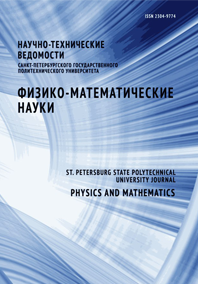Förster resonance energy transfer from colloidal quantum dots to xanthene dye in polymer film
In the work, a system with effective (up to 90%) Förster resonance energy transfer is implemented. The system includes thin gelatin films with embedded CdTe quantum dots (donors) and rose bengal xanthene dye (acceptor). The energy transfer mechanism revealed to be possible due to the high local concentration of fluorophores as well as careful selection of donor and acceptor spectral characteristics. The energy transfer was confirmed by the quenching of the donor photoluminescence in both steady-state and time-resolved measurements. The Stern-Volmer formalism and the Förster theory were used to estimate the constants and efficiency of energy transfer. It was shown that the photoluminescence spectrum of the system can be driven by changing the ratio of the donor-to-acceptor concentration.


